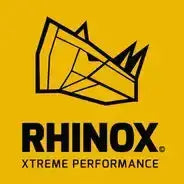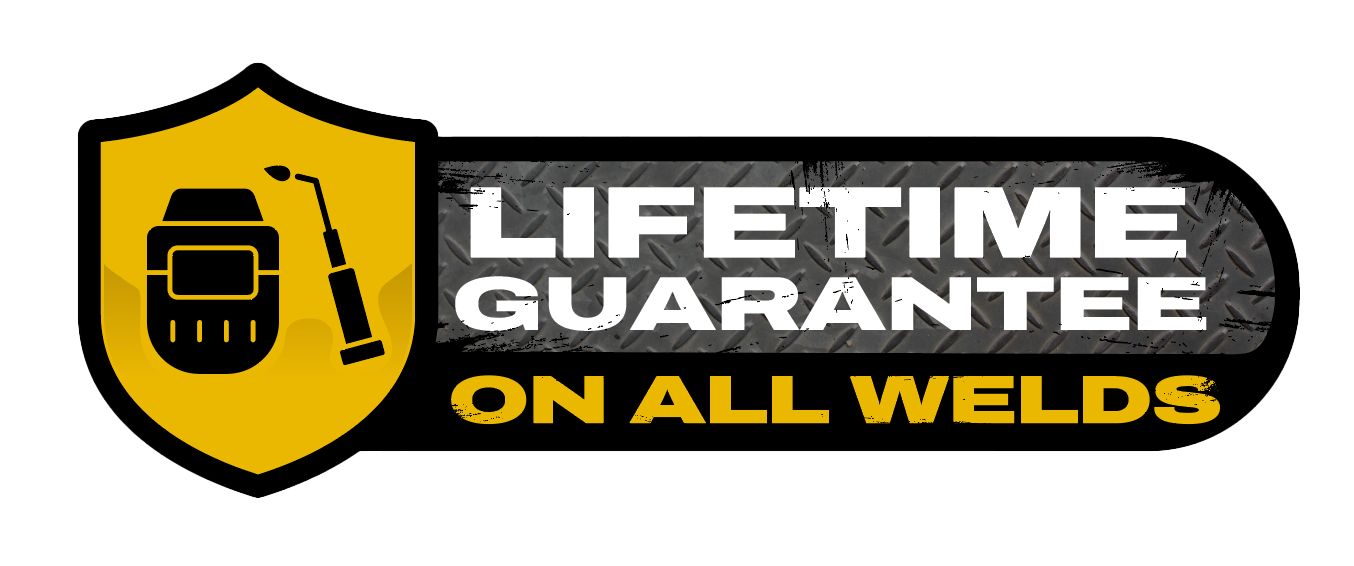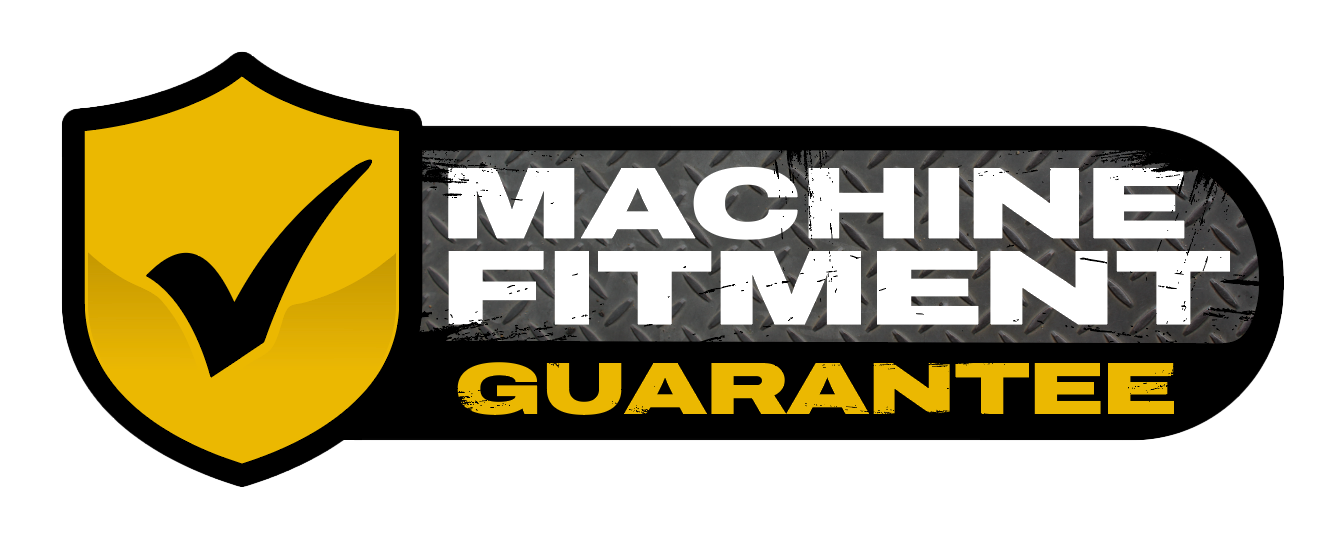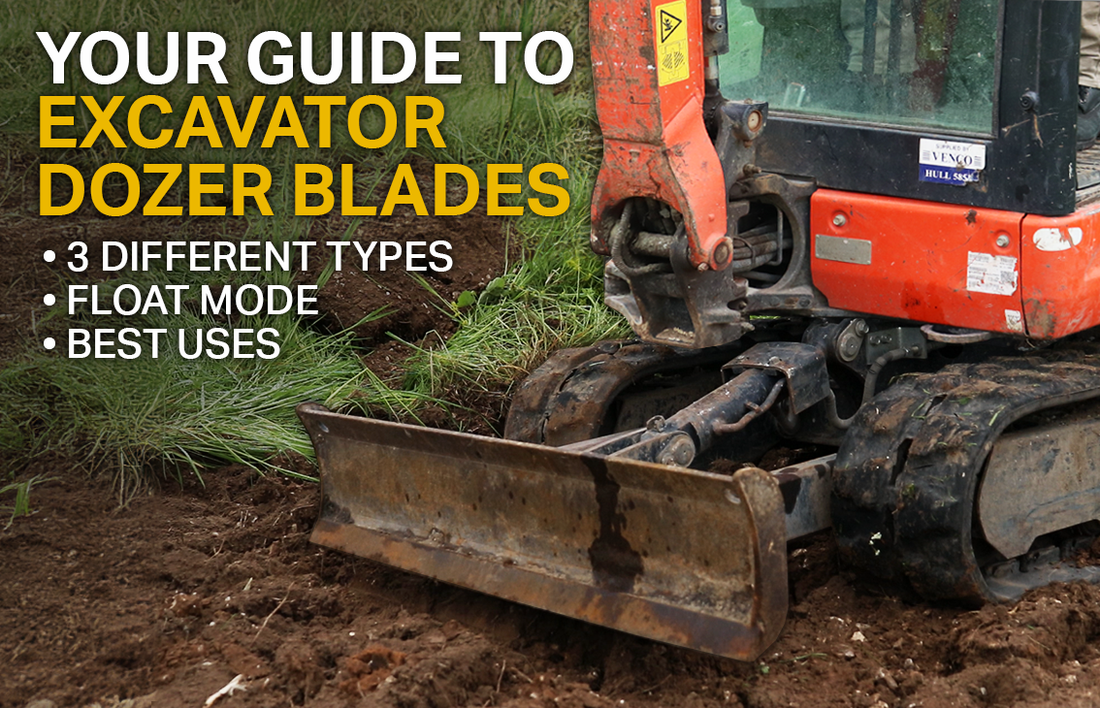
Ultimate Guide to Excavator Dozer Blades
Whether you're involved in construction, landscaping, agriculture or road maintenance, an excavator dozer blade can significantly enhance your productivity and the quality of your work. In this comprehensive guide, we'll delve into the specifics of what an excavator dozer blade is, explore the different types available, explain the concept of float mode, and highlight the best uses for this essential attachment. By the end, you'll have a thorough understanding of how to leverage the full potential of an excavator dozer blade to meet your project's needs efficiently and effectively.
What is an Excavator Dozer Blade?
An excavator dozer blade is a hydraulic blade attachment that fits to the front of your digger. Excavator dozer blades perform similarly to a standard dozer or skidsteer, allowing you to push and level materials. The ability to combine finishing and digging jobs into one machine increases your job efficiency and reduces the requirement to switch between machines. Another huge benefit of the digger dozer blade is that it provides additional stability and support when digging. The dozer blade is engaged with the ground at the front of the back of the excavator when digging through material to help reduce rocking and tipping during use.
3 Different Types of Dozer Blade
Mini and midi excavators weighing up to 15 tons, are typically equipped with either a 2-way or 4-way dozer blade. These blades provide sufficient manoeuvrability and functionality for the construction and excavation tasks these size machines will be handling. Larger excavators, like those weighing 15 tons and above, offer additional versatility with the option of a 6-way dozer blade. This advanced blade configuration enhances the machine's ability to perform complex operations, making it well-suited for more demanding and intricate projects. Operators should choose the appropriate blade type based on their specific requirements and scale of their work.
2-Way Dozer BladeThe 2-way dozer blade is the basic dozer blade option. It has the ability to move up and down to be used for simple pushing and levelling tasks. The 2-way dozer is particularly suitable for diggers that are carrying out straightforward grading and levelling where only vertical adjustments are required, commonly during light construction and agricultural applications. |
4-Way Dozer BladeThe 4-way dozer blade moves up and down while tilting left and right, parallel to the ground. This ability to push material forward and to the left or right allows for precise grading and cutting of angles. The 4-way dozer blade is particularly useful for backfilling trenches, allowing you to angle the blade to your desired height and travel along the trench or ditch edge while backfilling as you move forward. Additionally, the left and right angle also allows you to profile slopes as required. |
6-Way Dozer BladeThe 6-way dozer blade combines the movements of the 4-way blade — up, down, left tilt and right tilt — with the added capability to angle left and right to around 45 degrees. This allows the blade to pivot on its centre point, providing maximum angling flexibility. It is essential for complex grading tasks that require precise control over the blade's position, making it ideal for projects that involve detailed contouring and shaping of the terrain. |
What is Float Mode on a Dozer Blade?
Float mode is a feature that allows the dozer blade to "float" over the surface of the ground, following the natural contours without applying downward pressure. When activated, the blade is free to move up and down independently of the excavator's hydraulic system. Float mode is most effective for finishing and grading jobs when you need to create a smooth, level surface, reducing the likelihood of gauging.

Best Uses of an Excavator Dozer Blade
Provide Stability while Digging
As mentioned above, the most important use of an excavator dozer blade is to provide support and additional stability while digging. The blade can be positioned at the front or the back of the digger depending on the direction that you're digging.
Site Preparation
Dozer blades are particularly useful for the initial stages of site preparation, such as clearing piles of unwanted materials and small obstructions like removed brush. By attaching a dozer blade to an excavator, operators can easily push debris, soil and vegetation to designated areas, creating a clean and level surface for further construction activities.
Rough Grading and Levelling
Before more detailed grading work, the digger dozer blade allows you to push and level out surfaces on construction sites, road projects or landscaping tasks. The ability to make precise adjustments with a 4-way or 6-way blade is particularly advantageous for achieving a smooth finish.

Landscaping
The dozer blade can be extremely useful for simple landscaping tasks, like shaping terrain, creating slopes and contouring landscapes to fit design specifications. For grading jobs, dozer blades are best used with material like soil, gravel, sand and mulch.
Backfilling
When excavating trenches for utilities or drainage systems, the dozer blade can be used to push and distribute the excavated soil back into the trench. 4-way and 6-way dozer blades are especially useful for this tasks, as they can track parallel to the trench, pushing material to the left or right as they track.
Snow Ploughing
In regions with snowy or icy conditions, excavator dozer blades can be used for snow removal jobs. The blade can push, pile or clear snow from roads, car parks or other areas. In snowy conditions, float mode can help to clear snow without digging into the ground, preventing damage to surfaces like driveways or pavements.
An excavator dozer blade is a powerful attachment that enhances the versatility and functionality of an excavator. Whether you're working in construction, landscaping, agriculture, or any other field that requires earthmoving, understanding the different types of blades and their applications can significantly improve your productivity and the quality of your work. From basic grading with a 2-way blade to intricate contouring with a 6-way blade, there's a dozer blade setup to meet your needs. Additionally, features like float mode provide added control and protection, ensuring that every project is completed to the highest standards.
Learn more with Rhinox:
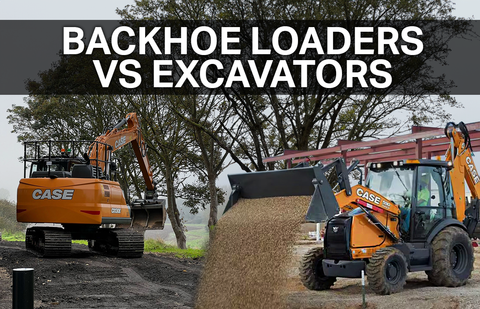 |
 |

